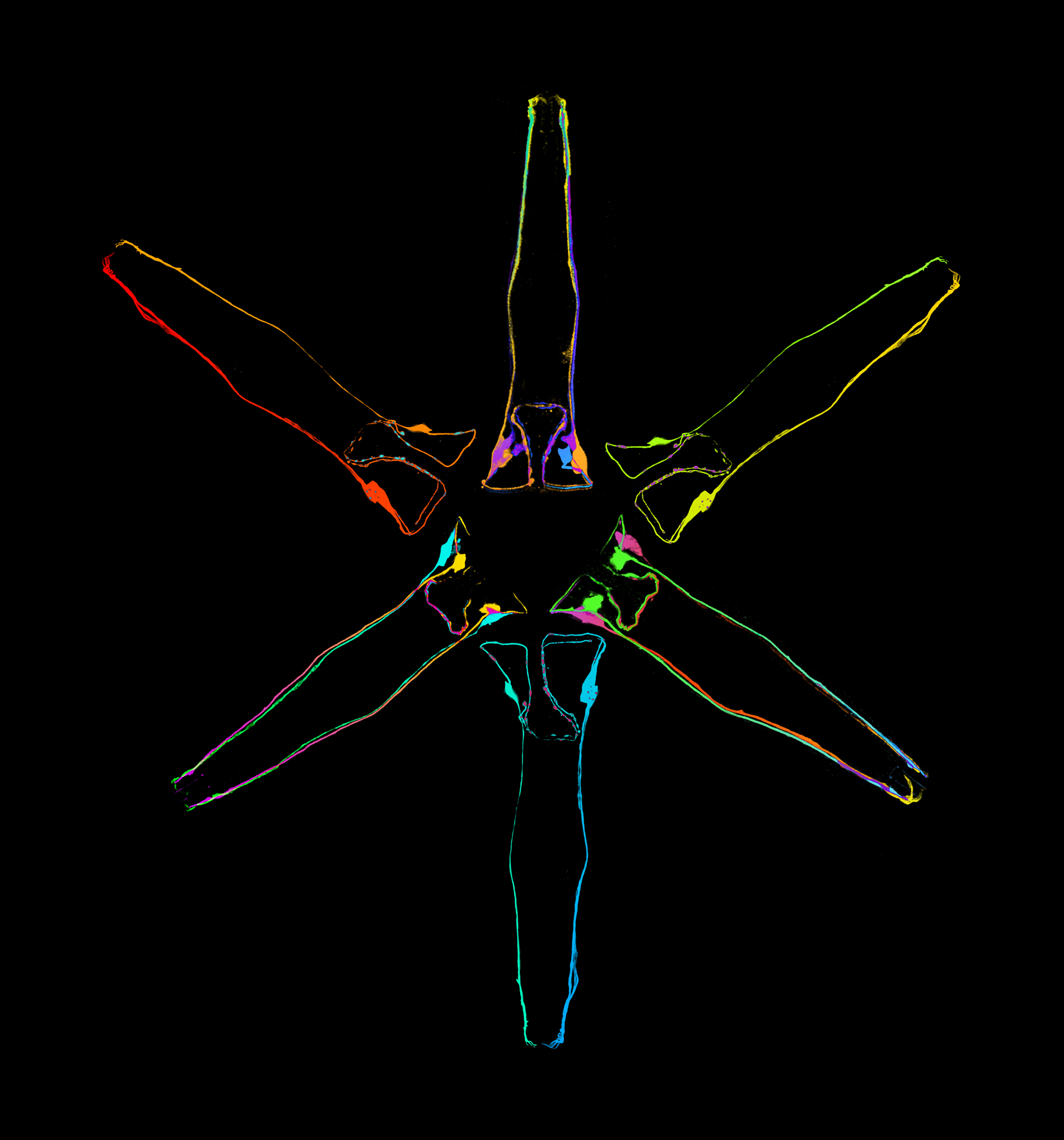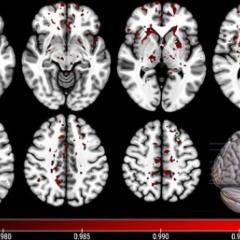
A discovery that could rewrite the textbooks on neurons could also help us understand the basis of some neurological diseases.
For one hundred years, scientists believed that nerve cells always stayed separate and never fused, but QBI researchers have found that neurons can lose their individuality in some conditions.
Fusogens, molecules essential for the fusion of cells in tissue development, are generally not found in the nervous system apart from during some viral infections, stress or neurological diseases, such as multiple sclerosis, schizophrenia and bipolar disorder.
A team led by Professor Massimo Hilliard, Dr Rosina Giordano-Santini and Dr Zhaoyu Li at UQ’s Queensland Brain Institute and Clem Jones Centre for Ageing Dementia Research (CJCADR), found that when nematode worms were engineered to express fusogens in their neurons, these nerve cells fused together, causing behavioural impairments.
“We have limited knowledge of the effect of fusogens in neurons, and what happens if neurons fuse together, so we explored these questions in the 1 mm-long nematode worm C. elegans, where we can easily visualise neurons under the microscope and manipulate their genes,” Professor Hilliard said.
“When the nerve cells fused, we found that their electric circuits became coupled together and this affected the animal’s behaviour—we can liken this to two rooms, each with its own light switch—a problem with the electric circuit causes one switch to turn the lights on in both rooms,” Professor Hilliard said.
In the worm, the researchers fused neurons that are necessary to detect different odours, and they observed that when the nerve cells fused, the animals lost their ability to be attracted to food or repelled by dangers.
The results show a novel cause of malfunction of the brain’s electrical circuits and a possible underlying cause of neurological diseases.
- Podcast: Why making sense of nature matters to your health
- Controlling molecular glue protects connections between brain cells
- Video: Can we repair injured nerves?
- The tiny roundworm: a key player in brain science
Where do fusogens in the brain come from?

Dr Giordano-Santini said there are at least two possibilities for fusogens arising in neurons—one is that a neurological disease causes the nerve cells to start producing fusogens, and the other is that viruses get into brain cells and hack the cell machinery to make fusogens.
“We know that viruses can infect the brain—herpes simplex virus has been found in the brain cells of some patients with Alzheimer's disease—causing havoc and resulting in disease,” Dr Giordano-Santini said.
Now the researchers are keen to find out if the fusing and disruption of the electrical circuits can also happen in mammalian cells.
“Understanding more about neuronal fusion will allow us to determine how often it occurs in human disease conditions, and eventually develop ways to prevent it or to rescue neurons from this fate,” Professor Hilliard said.
This research was published in PNAS and funded by the Australian Research Council, Human Fronntiers in Science Program, National Health and Medical Research Council and the Advance Queensland Women’s Academic Fund.



